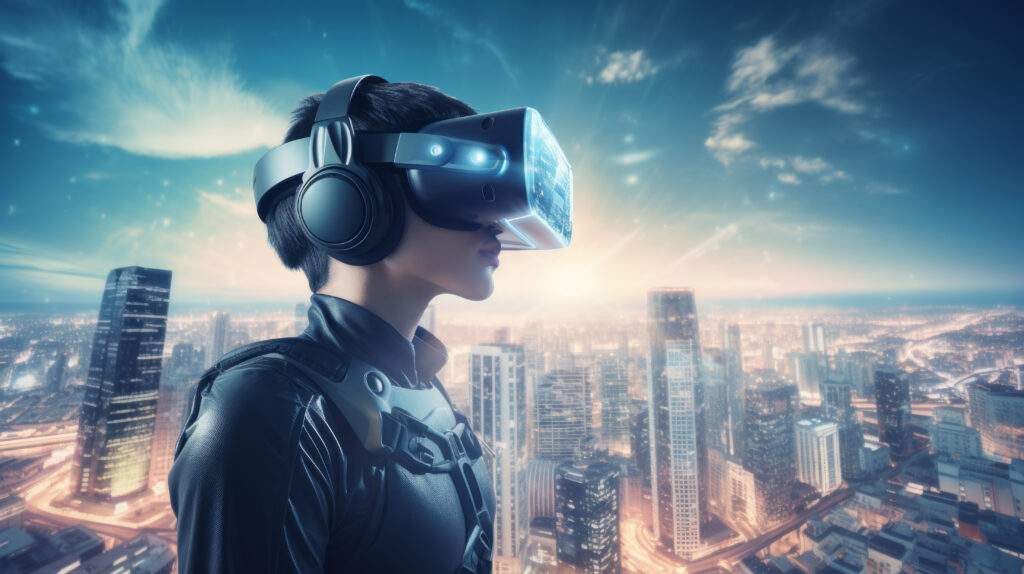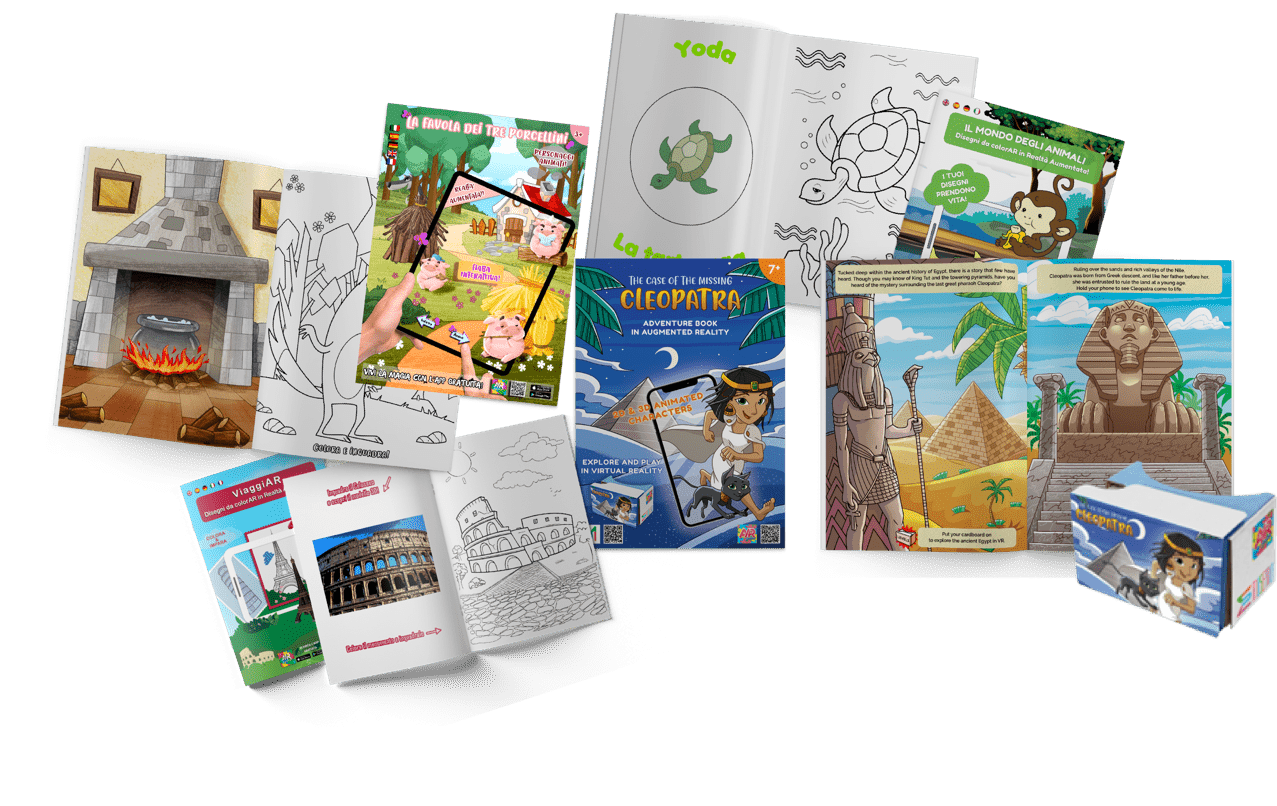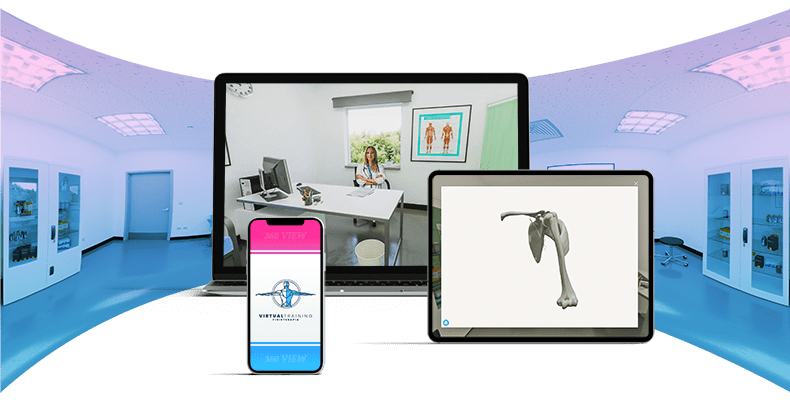
Augmented Reality (AR) and Virtual Reality (VR) have revolutionized the way we interact with digital content, creating immersive experiences mixing the real and the virtual worlds. 3D modelling is a cornerstone of AR and VR development, providing the visual and interactive elements necessary to create immersive and engaging experiences. From gaming and entertainment to education and e-commerce, the applications of 3D modelling in AR and VR are vast and varied. As technology continues to evolve, we can expect even more innovative uses of 3D modelling to enhance the virtual and augmented experiences that shape our digital future.
What is 3D Modelling?
3D modelling is the process of creating a three-dimensional representation of an object or environment using specialized software. In the context of AR and VR, 3D models serve as the building blocks for creating immersive and interactive experiences. They are essential for simulating real-world objects, characters, and environments that users can explore and interact with.
The Importance of 3D Modelling in AR and VR

1. Creating Realistic Environments
One of the primary roles of 3D modelling in AR and VR is to create realistic environments that enhance immersion.
In VR, users are transported and immersed into a completely virtual world.
In AR, 3D models are overlaid onto the real world through a device’s camera and, to be convincing, they are rendered with realistic textures, lighting, and physics.
2. Enabling Interaction
3D modelling is also about enabling interaction within AR and VR components.
In VR games, for example, 3D models of objects and characters must be designed and animated to respond to user actions, such as picking up an object, opening a door, or interacting with a character.
In AR applications, interaction might involve manipulating a virtual object within the real world, by rotating, moving or resizing.
3. Enhancing Learning and Training
3D modelling plays a critical role in the development of AR and VR applications for education and training. For example, in medical training, 3D models of human anatomy can be used in VR to allow students to explore and manipulate organs, bones, and tissues in a highly detailed virtual environment.
In AR, 3D models can be used to create overlays that provide real-time information to trainees, for example for maintenance of industrial machines by showing the correct sequence of steps to perform the repair.
Here are some examples of 3D modelling in AR/VR Applications:
a) AR Navigation Apps: using 3D modelling to overlay directional arrows and other navigational cues onto the real-world environment.
b) Architectural Visualization: architects and designers use AR and VR to present 3D models of buildings and interiors to clients. In VR, clients can take a virtual tour of a proposed building, experiencing it as if it were already constructed. In AR, clients can view 3D models of new furniture or architectural elements within the context of a real space.
c) Medical Training Simulations: medical professionals use VR for surgery simulations to allow highly realistic training for students.
d) E-commerce AR App:using 3D modelling to allow customers to virtually try on clothes or see how products would look in their homes.

The Future of 3D Modelling in AR and VR

The role of 3D modelling in AR and VR will continue to grow as these technologies advance. With improvements in rendering techniques, artificial intelligence, and machine learning, the process of creating highly detailed and interactive 3D models will become faster and more efficient.
By leveraging the power of 3D modelling, developers and designers can create more compelling AR and VR experiences that captivate users and push the boundaries of what is possible in the digital world.
CONTACT US TO CREATE YOUR 3D MODELLING PROJECT!




